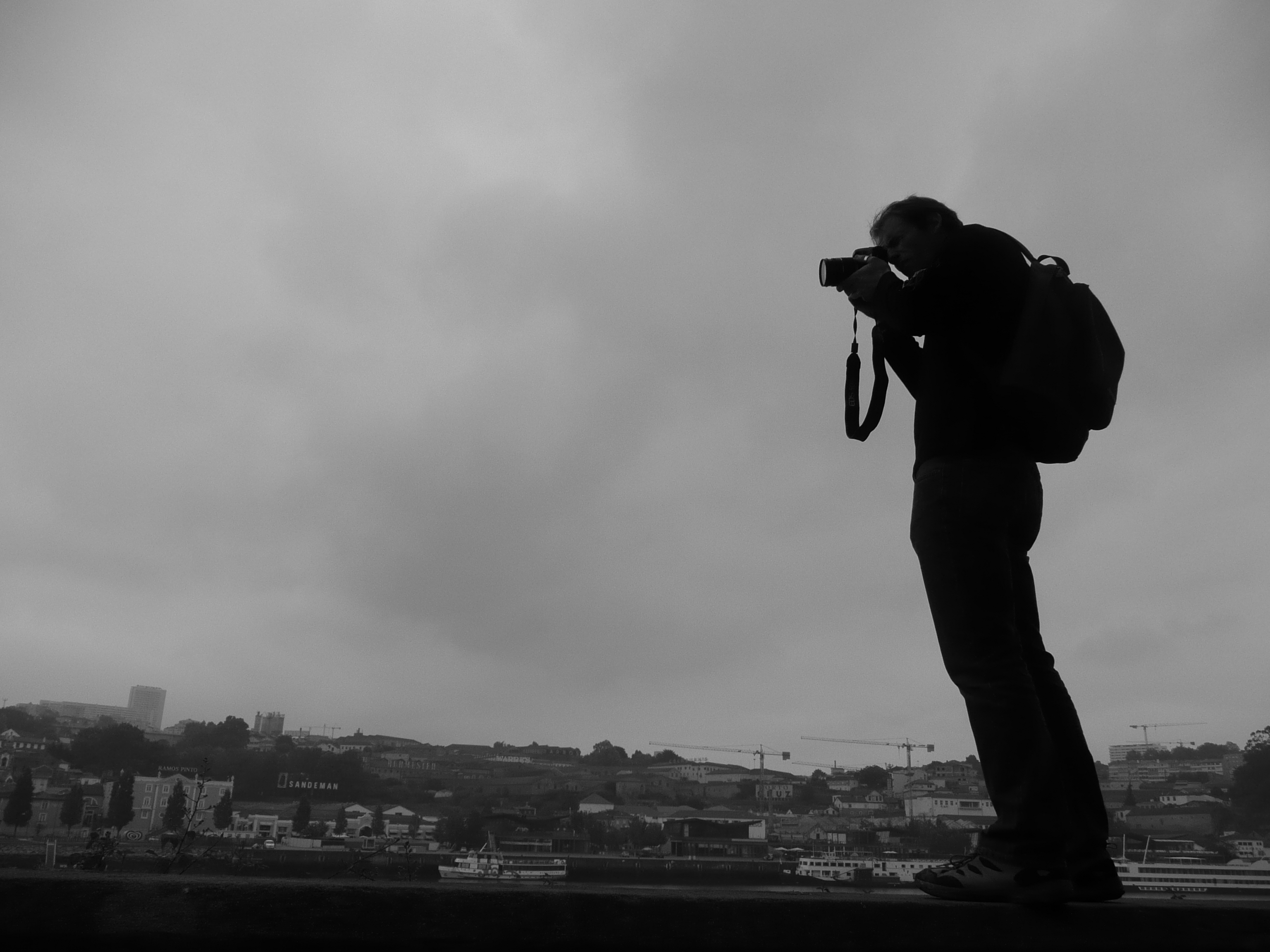
”Landscape as Conscience” Jo Ractliffe’s Photographs of Angola and South Africa
Written by Dea Schou, Ph.D. Candidate at Department for the Study of Culture
How does a land cope with the memories and traumas of a civil war, and in what ways can the landscape reflect and negotiate the ambivalent and difficult feelings relating to a bloody past? The South African artist Jo Ractliffe explores these questions in her recent photograph series about the Angolian Civil War (1975-2002) and its relation to the Border War (1966-89), fought by South Africa Africans in Angola. In a series of 23 Photographs now on view at the exhibition ”The Aftermath of Conflict” at the Metropolitan Museum of Art, Ractliffe examines the landscape of present day Angola, and how the Angolian civil war, which ended 14 years ago, still lingers on to bodies, places and sites.
Very seldom portrayed, discussed or debated in the Western medias, the Angolian Civil War was fought for almost 30 years and was one of the bloodiest civil wars in Africa with around 1.5 million casualties and the dispossession of 4 million people. After the independence from Portugal in 1974, the Civil War started in 1975 between three former rebel groups and was a war closely connected to the cold war, with the Soviet Union and Cuba supporting one side in the conflict and the US and the Apartheid system in South Africa the other.
Documenting a war
Since 2007, Ractliffe has been preoccupied with the aftermath of the Angolian Civil War, and the South African artist has been travelling in Angola many times seeking to document and investigate the effects of the war on the country. Ractliffe’s photographs are small black and white depictions of abandoned and haunting landscapes alluding to the country’s violent past. In the photo Roadside Stall on the way to Viana (fig. 1) Ractliffe has staged a scene with 7 workers’ overalls hanging on strings from a tree, creating an uncanny resemblance to headless ghosts dangling from the trees like puppets.
In the diptych photo Woodland near Cassinga (fig. 2) the perspective is turned around and the viewpoint seems disturbingly distorted and dizzying as if the viewer looks at the nature from a disoriented and quaint position – maybe hanging from the tree? The dryness and roughness of the bark and the long almost whitish grass make the nature look hardened, barren and unfertile. The tall grass may be hiding something – but what? And why has it turned ash-like white?

Jo Ractliffe: Roadside Stall on the way to Viana, 50 x 50 cm, 2007
Cruel realities of the Congo Civil War
Ractliffes work feeds into a growing interest in contemporary art to look at Africa and the many conflicts that still takes place here. Recently, for example in “The Enclave”, exhibited at Louisiana – Museum of Modern Art, the Irish artist Richard Mosse has experimented with new ways to represent the cruel realities of the Congo Civil War by using plant-sensitive photographic material and video and sound recordings. This was a photo and video installation where the viewer was invited to enter and almost bodily participate in the battle scenes of the war. The many clips simultaneously projected onto multiple video screens mimicked the chaotic, loud and wild environment and atmosphere of the war.
Ractliffe’s photographs are not as directly bodily encompassing (and claustrophobic) as Mosse’s huge video screens, partly because they are not moving images and partly because of the smaller size of the photographs, but they touch the viewer in another way: by hinting at the bloody history of Angola and by showing the ghostly aftermath of a war.
Coping the trauma
The photographs convey the trauma and the ephemeral and intangible atmospheric qualities of the war, without zeroing in directly on war machinery or human suffering and pain like a typical journalistic war photography would do. By focusing on the landscapes, Ractliffe shows the horror of the war in a different and maybe even uncannier manner by using the absence and distortedness of the nature as a horrifying sign of the massacres being committed not so very long ago.
In an interview, Ractliffe talks about how the landscape is linked to conscience. The landscapes often show a stillness and absence, which may point to the difficulties of portraying the actual events from the war. By using black-and-white colours, emptying and framing the barren landscapes, she adds a spiritual, affective ambiance to the sights which tells a story of loss, trauma and war. The landscape remembers.
The exhibition is on show until March 6 at the Metropolitan Museum, NY.